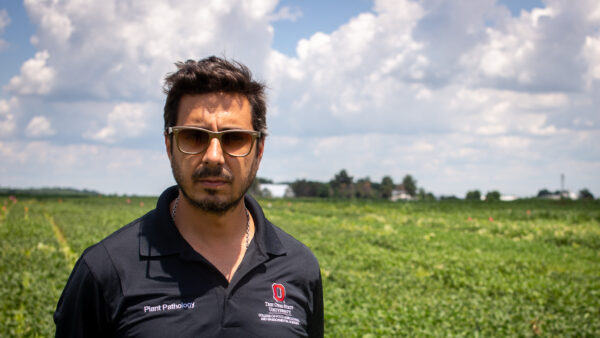Farm Market iD has now added on-farm grain storage data to their powerful database, built on more than 900 million acres of land and 34 million farm fields, which are linked to 2.4 million farm owners and operators.
Over 900,000 grain bins representing more than 11.1 billion bushels of grain storage and approximately $75 billion are accessible through Farm Market iD’s market leading software applications or in any form desired by customers. Using on-farm grain storage capacity, along with the wealth of farm and grower information available in the database, agribusinesses can identify high-value grower prospects.
“Clients asked us for this information, and we listened and delivered,” says Steve Rao, CEO of Farm Market iD. “This solution required a creative approach to meet the standards of data accuracy that we demand from every other part of our database. We combined the power of geospatial analysis and data science with some good old-fashioned problem solving to deliver results for our customers.”
Grain Bin Identification Method
Select and process images. Taking the top 20 states where grain crops are produced and reducing them using a variety of geospatial data and tools into a workable area of interest (AOI) which comprises about 10 percent of the total possible area, high resolution satellite imagery was acquired for this AOI. The images selected from the AOI are organized into logical work units for our data scientists to analyze and process.
Identify the grain bins in the images. The center, radius and shadow tip are identified when possible for each grain bin in the AOI. A multi-tiered quality assurance (QA) review process cross-validates results to ensure that all grain bins and only grain bins are identified. This required a combination of large-scale data processing with image analysis, machine learning and human validation. Each image went through at least two reviewers and a machine learning QA process, and some images went through more exhaustive analysis.
Assign polygons to each grain bin. To delineate the three-dimensional geometry of the grain bins, the data was digitized and geo-located as a polygon, standardizing the grain bin area based on the radius. Using time stamps of the images and a sun-positioning algorithm, we determined the elevation of the sun which, combined with the grain bin shadow lengths, we were able calculate grain bin heights. This information is used to calculate volume (storage capacity), converting to units of bushels for use in the database and applications.
Validating grain bin height calculations. The grain bin height is verified against extant LiDAR (Light Detection and Ranging). This check involves intersecting the polygonal grain bin layer with a LiDAR raster, overlaying it, and finally computing zonal statistics associated with each grain bin polygon to determine whether the average height of the grain bin roof approximates our calculated height.
Verify grain bin capacities. When possible, grain bin capacities are aggregated by county and verified against the most current USDA estimates. We were able to confirm, geolocate and connect to farmers 98 percent of the on-farm grain capacity reported by the USDA.
“This new product and capability continue our strategy to leverage the nearly infinite geospatial data that’s out there with the goal to make it actionable by tying it to farm fields and specific growers. Certain macro data is available from the USDA, but our customers needed it connected to fields and farmers to make it valuable,” says Rao. “This is the power of what’s possible with data when you focus on what the data can actually do to help grow your business.”













